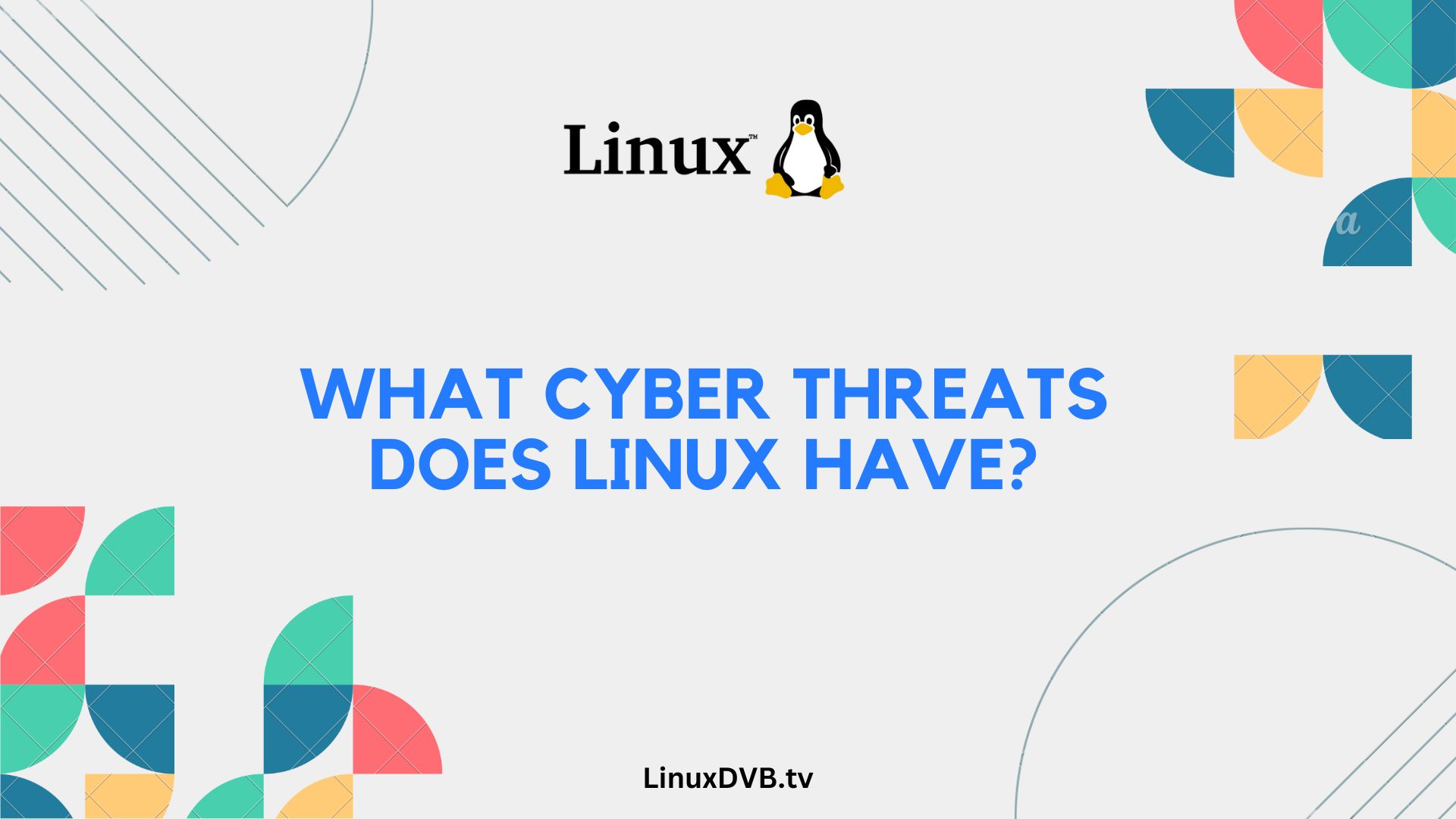Linux, known for its robust security features, is not immune to cyber threats. In fact, it has become a prime target for malicious actors due to its widespread usage in servers and devices worldwide. In this comprehensive guide, we will delve into the world of Linux cyber threats, uncovering the risks it faces and the best practices to mitigate them.
Table of Contents
Understanding Linux Security
Linux as a target for cyber threats Linux is often considered more secure than other operating systems due to its open-source nature, but this doesn’t make it invulnerable. Hackers continually probe Linux systems for vulnerabilities, seeking ways to infiltrate and compromise them.
The importance of Linux security The rise in cyber threats underscores the critical importance of Linux security. Businesses and individuals alike rely on Linux for various purposes, and any breach can have dire consequences. It’s essential to be proactive in safeguarding your Linux systems.
Common Cyber Threats to Linux
Malware and viruses on Linux Contrary to popular belief, Linux is not immune to malware. We explore the types of malware that can affect Linux systems and how to defend against them.
Distributed Denial of Service (DDoS) DDoS attacks can disrupt services and bring down websites. Learn how Linux can be vulnerable to these attacks and strategies to mitigate them.
Brute force attacks Hackers employ brute force attacks to crack passwords and gain unauthorized access to Linux systems. Discover how to thwart these attempts.
Zero-day vulnerabilities Zero-day vulnerabilities are a significant concern for Linux users. We delve into what they are and how you can protect your systems from exploitation.
Security Best Practices for Linux
Keeping your Linux system updated Regular updates are crucial for addressing security flaws. Learn why updating your Linux distribution is a critical aspect of security.
Configuring firewall settings Firewalls are a vital defense mechanism. Find out how to configure and optimize your Linux firewall for maximum protection.
Using strong passwords Weak passwords are a common entry point for attackers. We provide tips on creating and managing strong passwords.
Implementing two-factor authentication Enhance your Linux security with two-factor authentication. Learn how to set it up effectively.
Real-Life Examples of Linux Cyber Attacks
Case study 1: The Shellshock vulnerability Explore the infamous Shellshock vulnerability and how it exploited weaknesses in Linux systems.
Case study 2: The Linux Ransomware Ransomware is a growing threat, even for Linux. Learn about a real-life Linux ransomware attack and its aftermath.
Protecting Linux Servers
Securing remote access Securing remote access to Linux servers is crucial. Discover best practices for safeguarding your servers from unauthorized entry.
Regular backups and disaster recovery Data loss can be catastrophic. Learn how to implement regular backups and a robust disaster recovery plan.
Intrusion detection systems (IDS) Intrusion detection systems are your first line of defense. Understand how IDS can help detect and respond to threats.
The Role of Open Source Community
Community-driven security The open-source community plays a significant role in Linux security. Explore how collaborative efforts enhance the system’s resilience.
Reporting vulnerabilities responsibly Learn how to contribute to Linux security by responsibly reporting vulnerabilities you discover.
Myths and Misconceptions about Linux Security
Linux is immune to malware Debunking the myth that Linux is impervious to malware and explaining why it’s a target for attackers.
Open source means less secure Addressing the misconception that open source software is less secure and explaining the robust security mechanisms in place.
Security through obscurity Exploring the fallacy that hiding information about your Linux systems enhances security.
FAQs about Linux Cyber Threats
What cyber threats does Linux have?
Linux can face threats like malware, phishing attacks, rootkits, and vulnerabilities in open-source software.Which of the following are examples of notable Linux ransomware?
Notable Linux ransomware includes “EvilQuest” and “Linux.Encoder.”How can I check for malware on my Linux system?
You can use antivirus tools like ClamAV, scan for suspicious processes, and regularly update and patch your system.Is it necessary to install antivirus software on Linux?
While Linux is less targeted, antivirus software can add an extra layer of security, but it’s not always necessary.What should I do if my Linux server is targeted in a DDoS attack?
Implement DDoS mitigation strategies like traffic filtering, rate limiting, and using Content Delivery Networks (CDNs).Are all Linux distributions equally vulnerable to cyber threats?
No, vulnerabilities can vary by distribution, and it depends on factors like software repositories, configurations, and updates.Can I rely solely on a firewall to protect my Linux system?
A firewall is essential but not sufficient; you should combine it with other security measures like intrusion detection and regular updates.How can I contribute to improving Linux security?
You can contribute by reporting vulnerabilities, participating in open-source projects, and promoting security best practices within the community.Conclusion
In conclusion, Linux may be renowned for its security features, but it’s not impervious to cyber threats. By understanding these risks and implementing best practices, you can fortify your Linux systems against potential attacks. Stay vigilant, keep your systems updated, and actively contribute to the open-source community’s security efforts.

